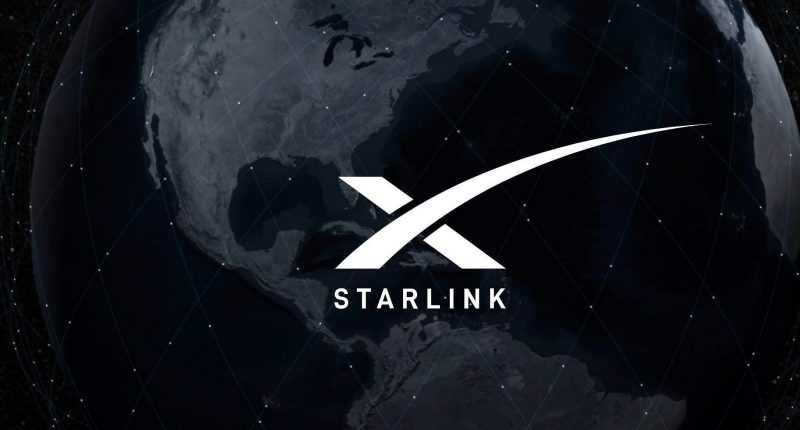Elon Musk’s SpaceX has been making rapid strides on its Starlink service, and had just added yet another significant feat to that list. The space firm successfully demonstrated a video call made directly to a mobile phone using its satellite network on Tuesday.
SpaceX took to X to unveil the first-ever video call conducted entirely through Starlink Direct to Cell satellites. This successful demonstration showcased the real-world functionality of the system, marking a significant leap forward from the initial text message test conducted in January 2024. Notably, the video call was made using unmodified smartphones. While reports suggest that the call functioned without major disruptions, the grainy image suggests limitations in bandwidth compared to traditional cell towers. Whether Starlink Direct to Cell can deliver a high-quality video calling experience in remote areas with limited user density remains to be seen.
First video call on @X completed through @Starlink Direct to Cell satellites from unmodified mobile phones!
We’re excited to go live with @TMobile later this year ?️? pic.twitter.com/v4nA5B75EX
— SpaceX (@SpaceX) May 21, 2024
Despite the promising demonstration, SpaceX must secure approval from the Federal Communications Commission (FCC) before it can commercially launch the Direct-to-Cell service in the United States. Its chances look good, though, with the successful video call, and earlier tests that demonstrated download speeds of up to 17 Mbps on unmodified phones.
This development comes courtesy of the company’s ambitious Starlink Direct to Cell project, which promises to bridge the gaping digital divide by leveraging a constellation of low Earth orbit (LEO) satellites to deliver cellular connectivity to the most remote corners of the globe. According to the FCC, many regions in the United States, especially in the Western states and Appalachia, lack reliable cellular service. Starlink’s satellite-based solution could provide essential connectivity to these underserved areas, Unlike traditional satellite communication systems, Starlink Direct to Cell utilizes phased array antennas, which electronically steer radio signals with high precision, along with sophisticated software to ensure seamless handoffs between satellites and minimize latency issues. This translates to smoother and more reliable connections for users on the move, paving the way for a more consistent mobile experience in remote locations.
This development was just a matter of time since SpaceX has been actively developing its satellite-based cellular service over the past two years. The company has also been expanding its network of cellular Starlink satellites, increasing from six in January to 38 recently. With this in mind, the company has formed strategic partnerships with major telecom providers like T-Mobile and other international carriers to bring this service to market. The phased rollout plan includes the launch of texting capabilities later this year, followed by voice and data services in 2025. For instance, One NZ plans to launch cellular text and MMS services over Starlink by the end of this year, while Optus in Australia is also gearing up to provide mobile phone services via Starlink’s low Earth orbit (LEO) satellites.
The Tech Portal is published by Blue Box Media Private Limited. Our investors have no influence over our reporting. Read our full Ownership and Funding Disclosure →






